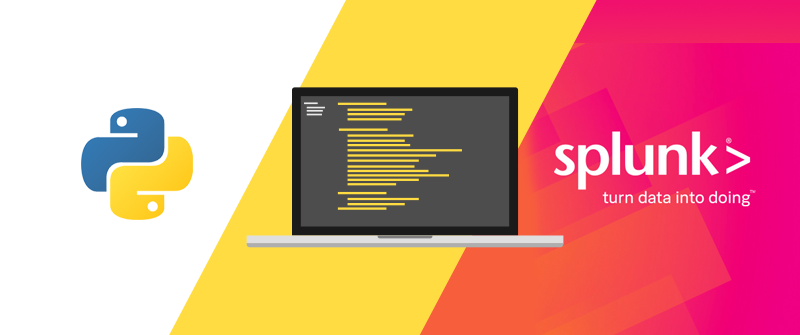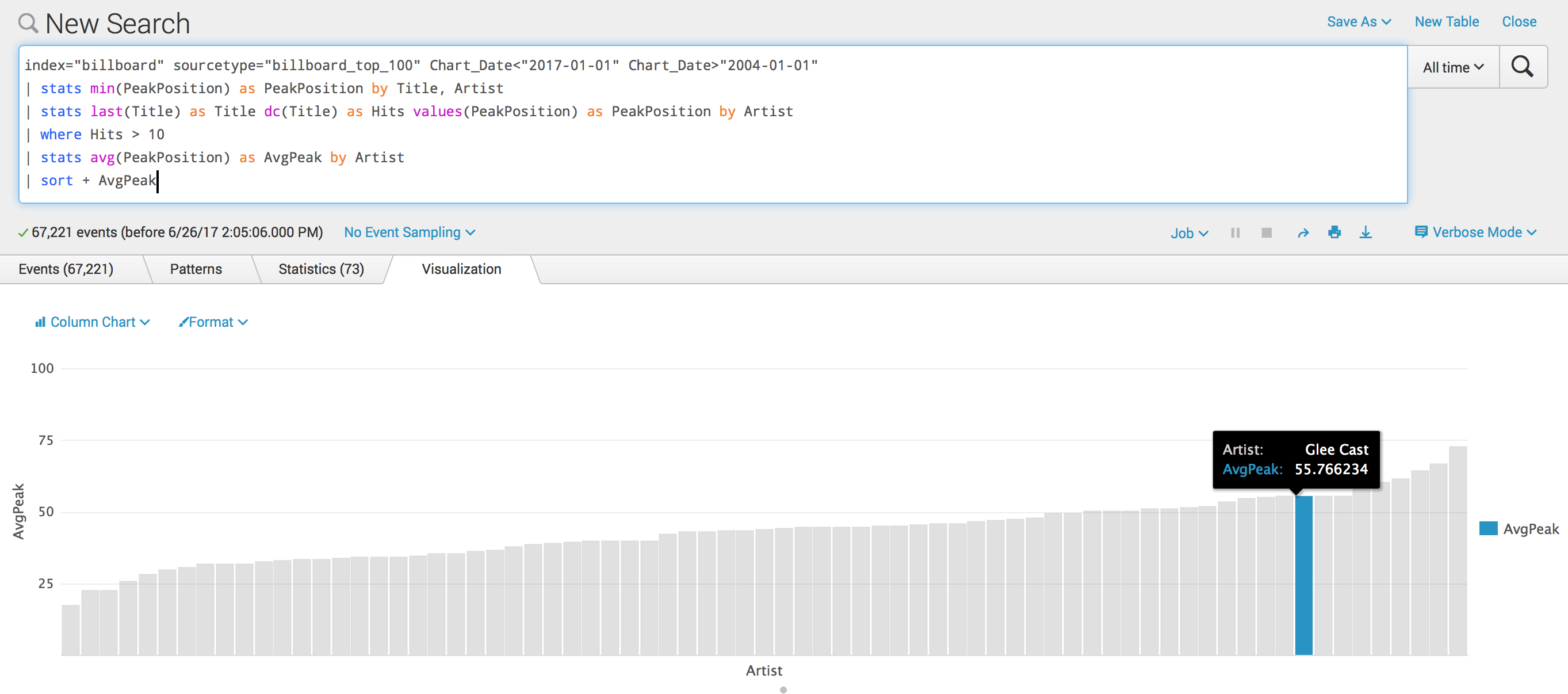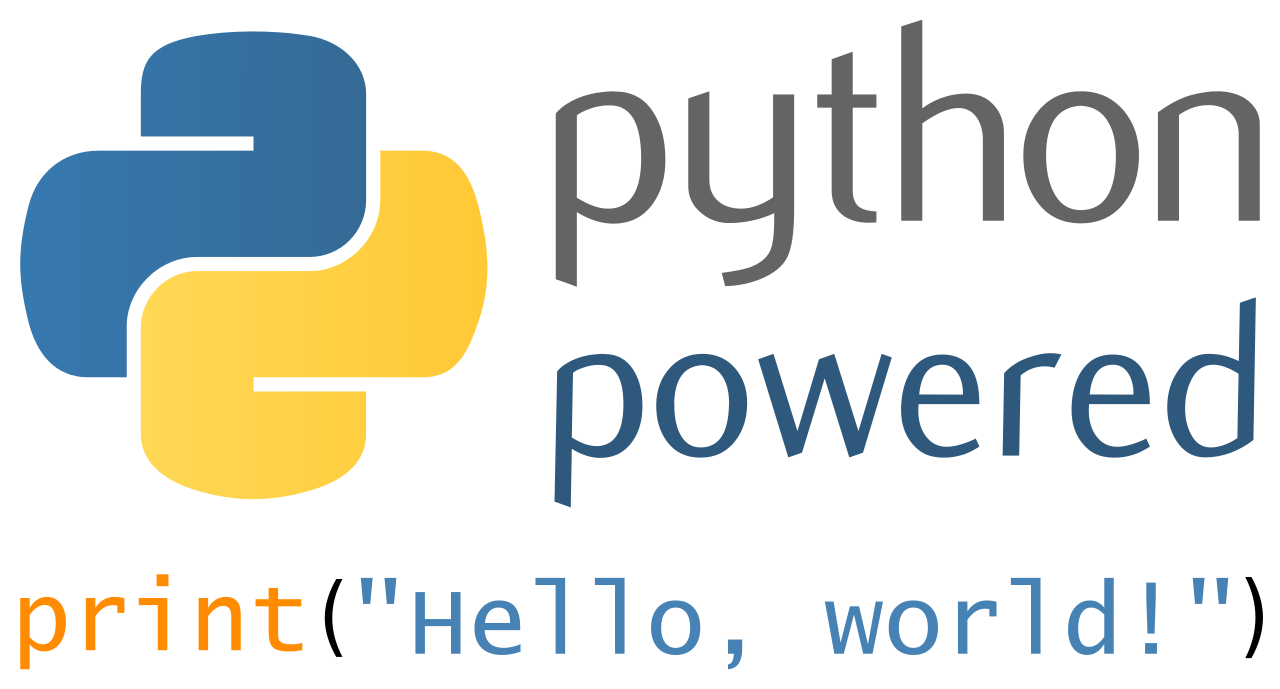In case you missed it, the version of Python that Splunk currently bundles and ships in Enterprise (Python 2.7) will be end-of-life January 1, 2020. How will this impact your Splunk deployment? Here's our detailed guide!
The What
Since a lot of Splunk customization can be achieved through Python, Splunk Enterprise now supports Python 3 and any Apps or Add-ons with Python 2.7 code will need to be updated to Python 3 compatibility.
...




